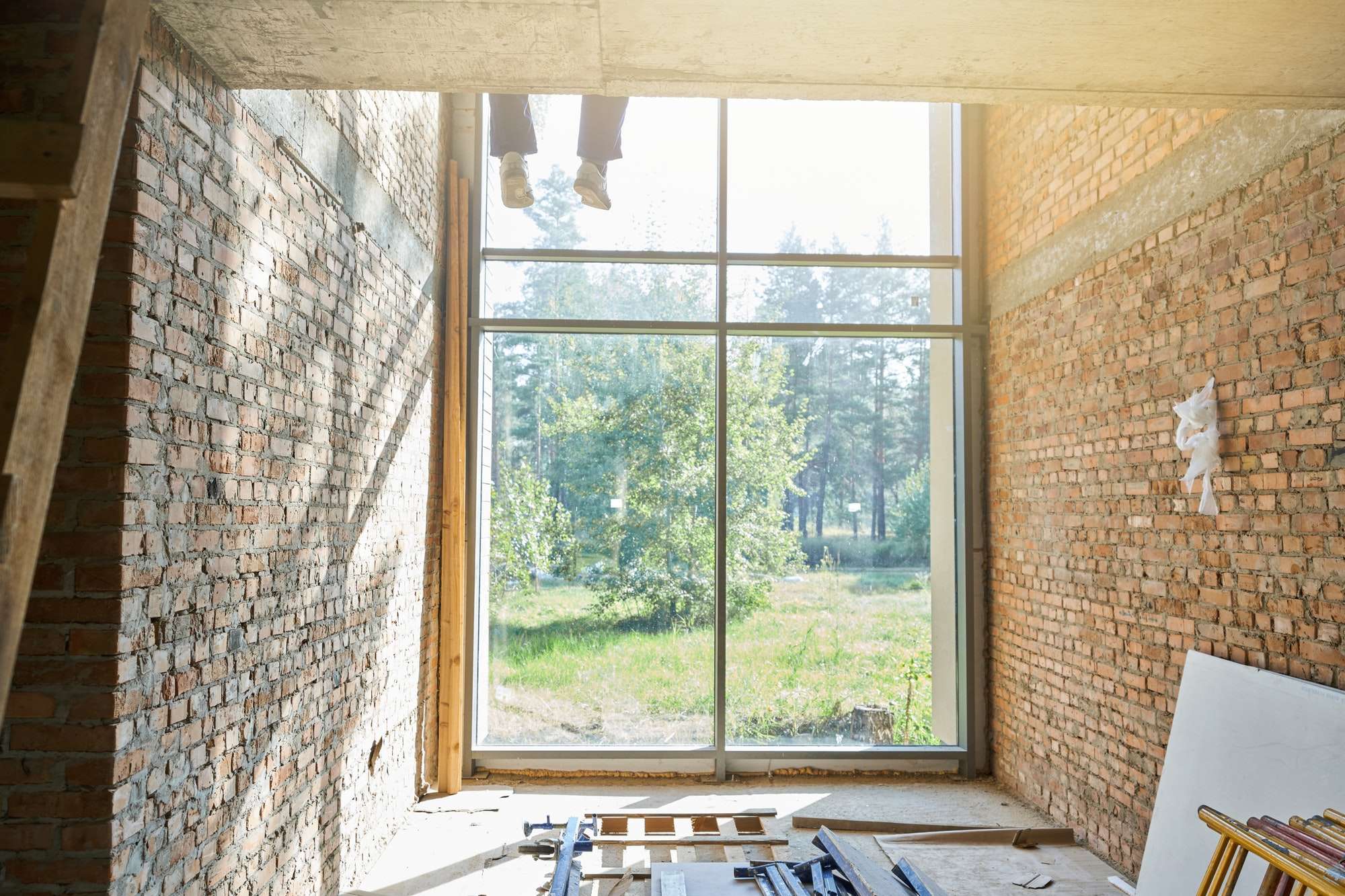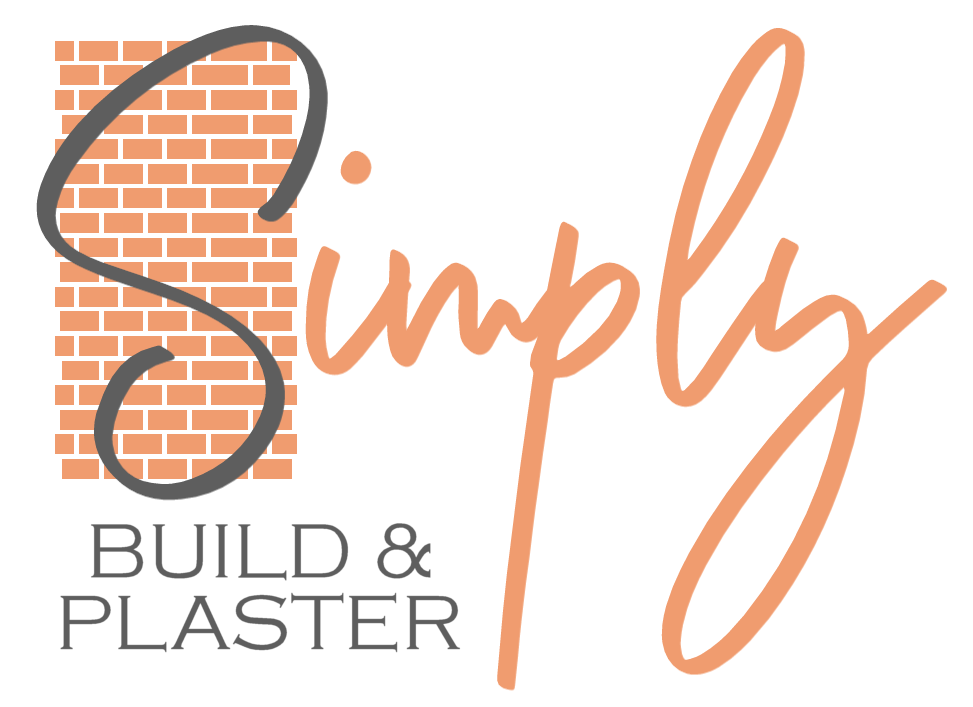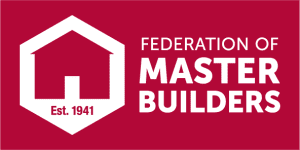
Back in prehistoric times, men and women lived in caves but soon realised that this maybe not be ‘as safe as houses’ from the weather, earthly elements and predators. The first rudimentary houses, which were actually small huts, were built using twigs and branches with walls made from mud, earth, stone and even grass turf. These homes stayed with us through many centuries, with each new generation bringing more advanced techniques and stronger foundations to the buildings. From small huts came bigger houses with multiple rooms.
When the Romans invaded the UK in 43AD, they brought with them concrete. With this concrete construction they created solid walls that wouldn’t fall down in a hurry.
During the Medieval period, new emerging cities and counties such as London, Kent, Surrey and Sussex created quarries for stone to use in house building. This was mostly ragstone, whilst also finding chalk and flint left over from the Romans. This was not always used for strength (with the Roman concrete) but also for decorative purposes too.
In the Elizabethan era, timber frame houses became the new trend, swapping concrete and stone for wood… which was strangely enough more flammable but no one could argue how pretty it looked… This timber framing was filled with wattle and daub, woven lattice of wooden strips (the wattle) and a sticky, thick, firm and gloopy material made of from wet soil, clay, sand, animal dung and straw (the daub), carried on right through the Elizabethans and into the Tudor era.
In the late 17th Century, the very first terraced house was built. by the 1860’s these terraced houses, known then as ‘Garden Flats’ were seen in every city and large town. Between 1870 and 1914, 5 million houses were built in the UK.
In the 1930’s the National House Builders Registration Council was formed offering house owners and tenants insurance on new house builds after worry from house buyers that houses may fall down, catch fire or have other defects.
1951 saw the first block of flats being built in Harlow, Essex. This block of flats is called ‘The Lawn’ (a throw back to the ‘Garden Flats’ name and is now a Grade II listed building. This created a housing boom which lasted until the 1970’s.
Today, in 2021, houses are continually being built in every town and city. With many new features, environmentally friendly ideals and functions that will eventually create a carbon free home and with many people also extending and converting houses to create more space in their current home, it is exciting to see what the future of house building brings us in the future.


